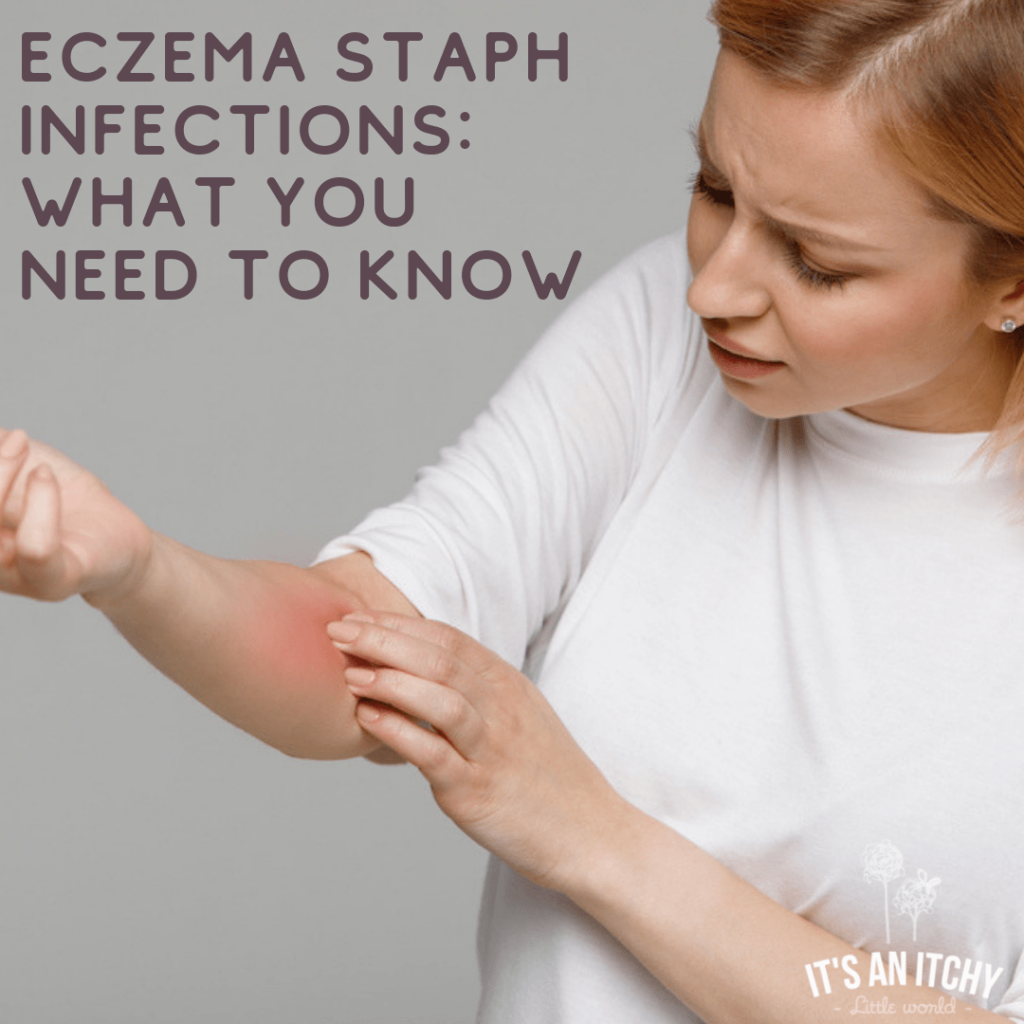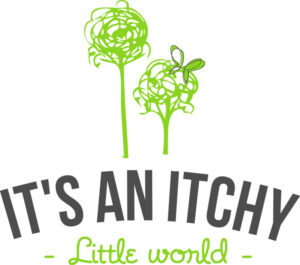Eczema Staph Infections: What You Need to Know

Eczema can be an extremely irritating, uncomfortable and even painful skin condition. Throw in an eczema staph infection and treatment can become even more complicated.
Discover the various types of eczema staph infections like furuncles, impetigo and cellulitis and how you can protect your or your little one’s skin.
What is a Staph Infection?
According to the Mayo Clinic, staph infections are caused by staphylococcus bacteria, a type of germ commonly found on the skin or in the nose [1].
Although most staph infections results in skin infections, bacteria invading into other organs can cause life threatening forms of staph. This is why treating a staph infection is extremely important.
If you believe you might be suffering from an eczema staph infection, please seek medical professional help immediately.
ILW Recommends: Skin Infections and Eczema: The Fundamentals
Types of Eczema Staph Infections
The most common forms of eczema staph infections include: Furuncles (boils), impetigo, and cellulitis.
Furuncles
Furuncles (which are also known as boils) are caused by both bacteria and fungi. Normally, these boils start growing from a hair follicle, where it quickly becomes infected.
Although most cases of these boils are found on the face and neck, they can appear anywhere. These boils are usually very red, raised bumps that are tender and can break open and weep fluid.
Impetigo
Another common form of a staph infection which usually develops on eczema prone skin is impetigo.
This type of infection causes skin to break and weep, while yellow-colored crust forms on the open wound. These wounds are often painful, irritating and red.
It’s also important to keep in mind that this form of infection is actually contagious and must be treated by a doctor.
Cellulitis
Lastly, cellulitis is a deep infection that is characterized by swollen and red skin which can be painful and tender to touch. It can also cause a rapidly spreading rash, dimpled skin, blisters and fevers.
Left untreated, this infection can also spread to the lymph nodes and bloodstream making it extremely life-threatening. However, unlike impetigo, this infection is not contagious.
How to Heal from an Eczema Staph Infection
FROM: Eczema
